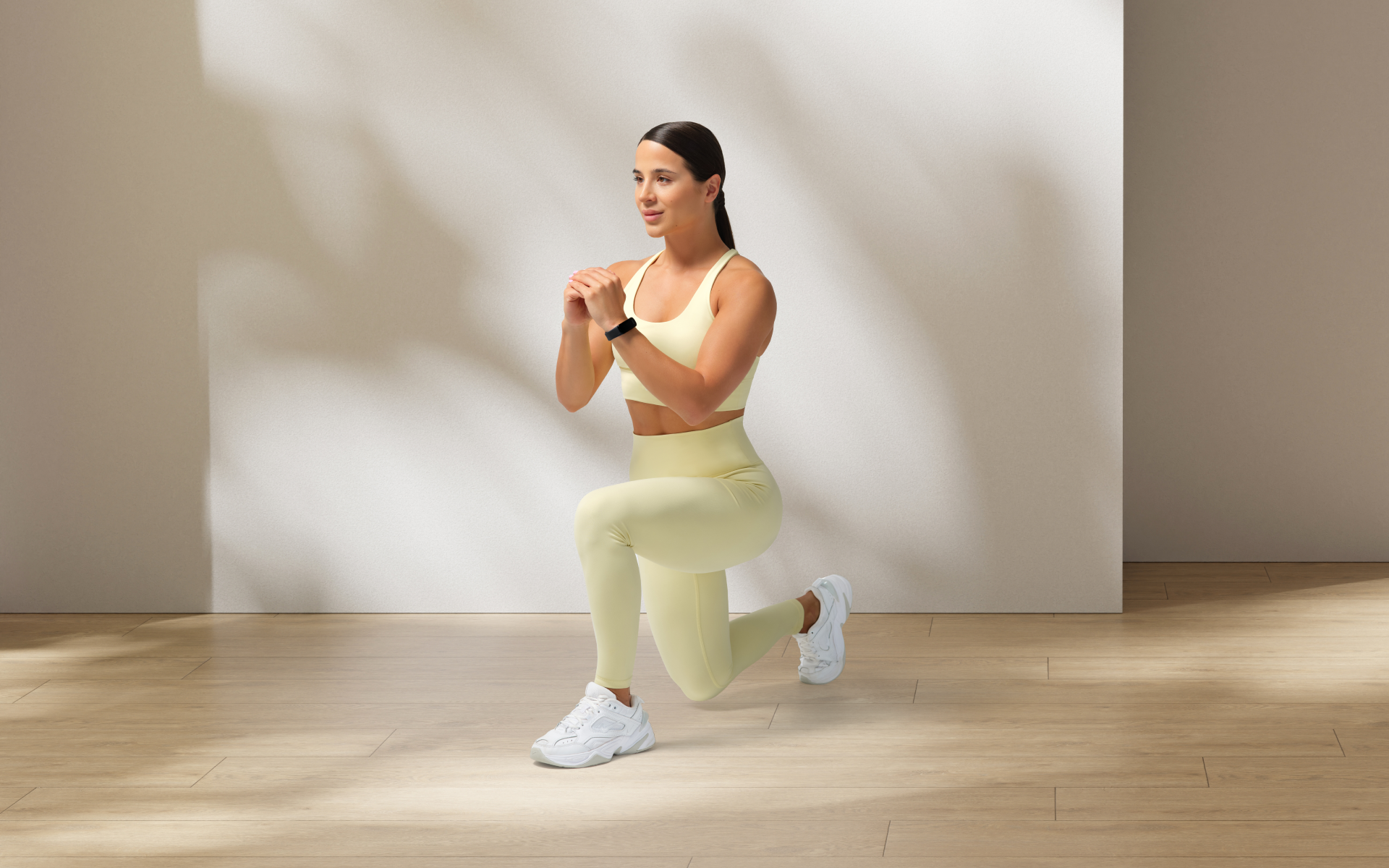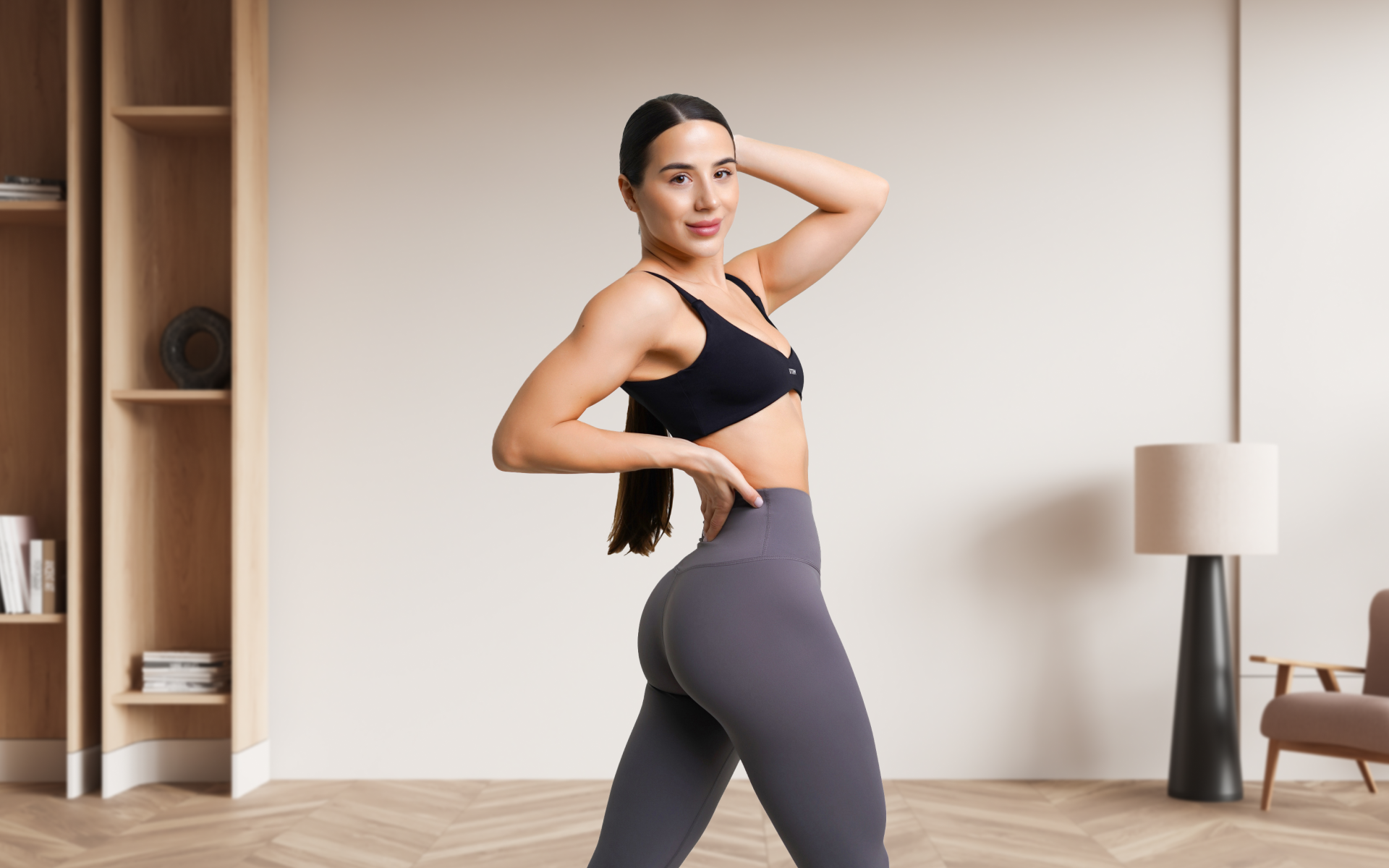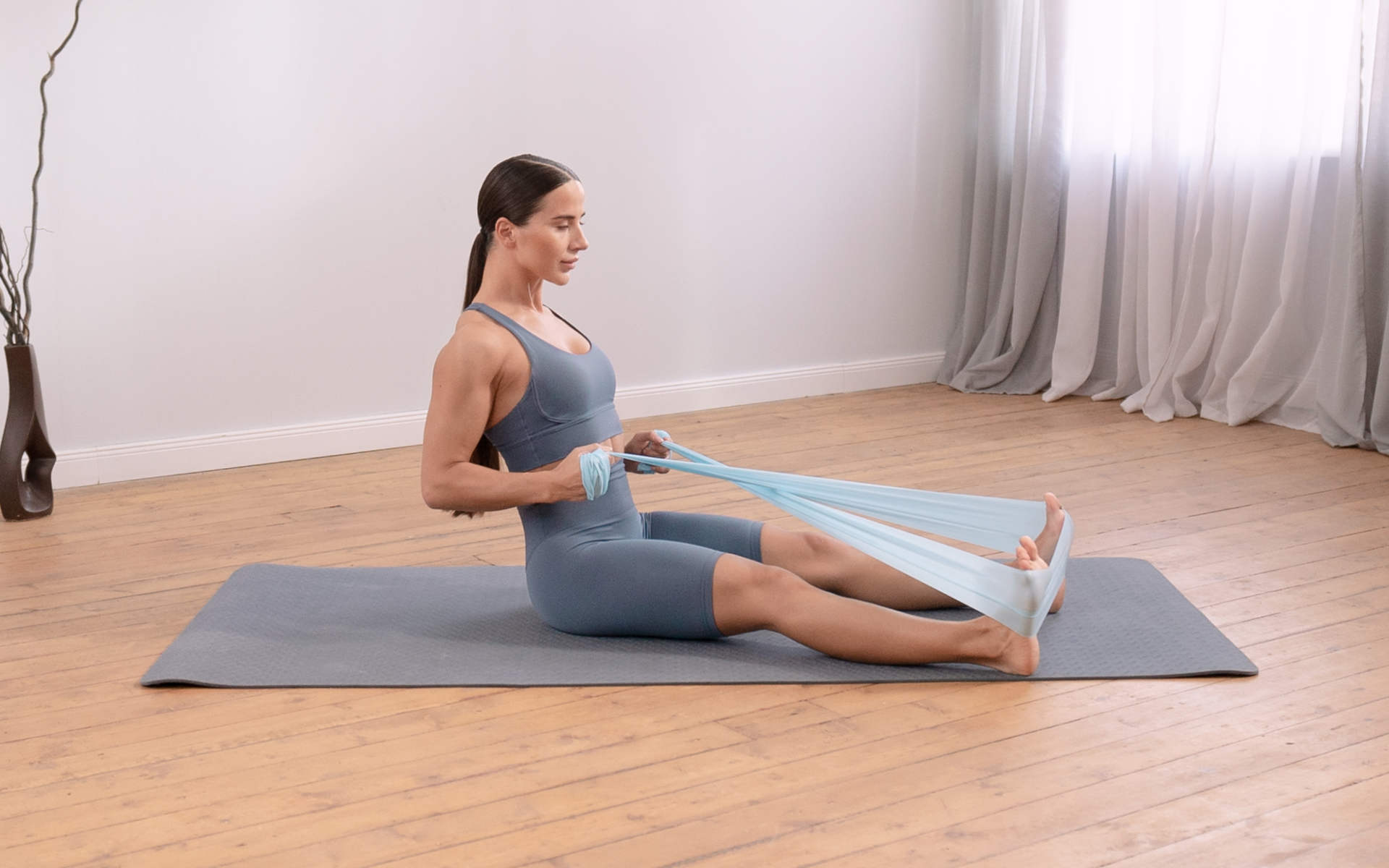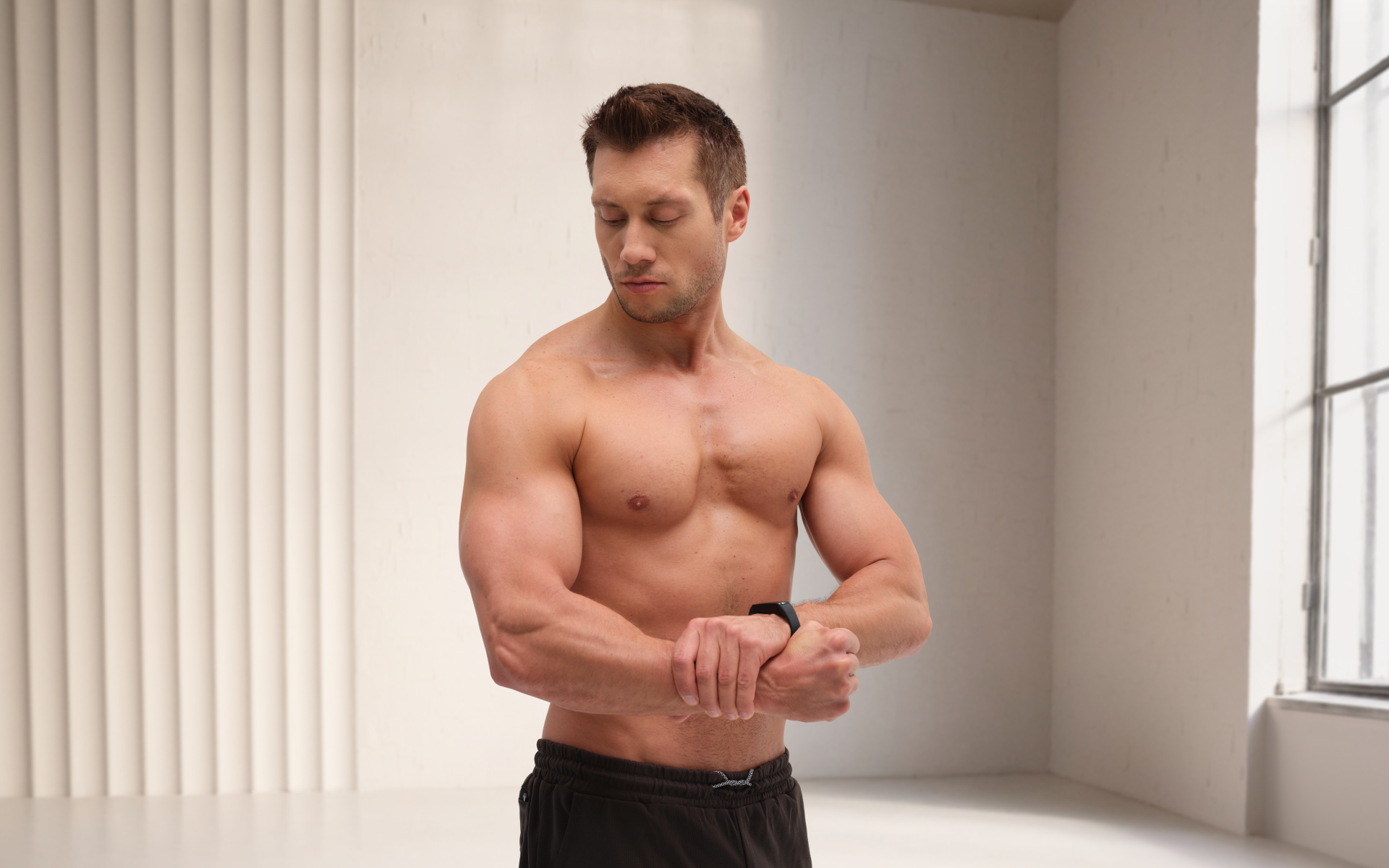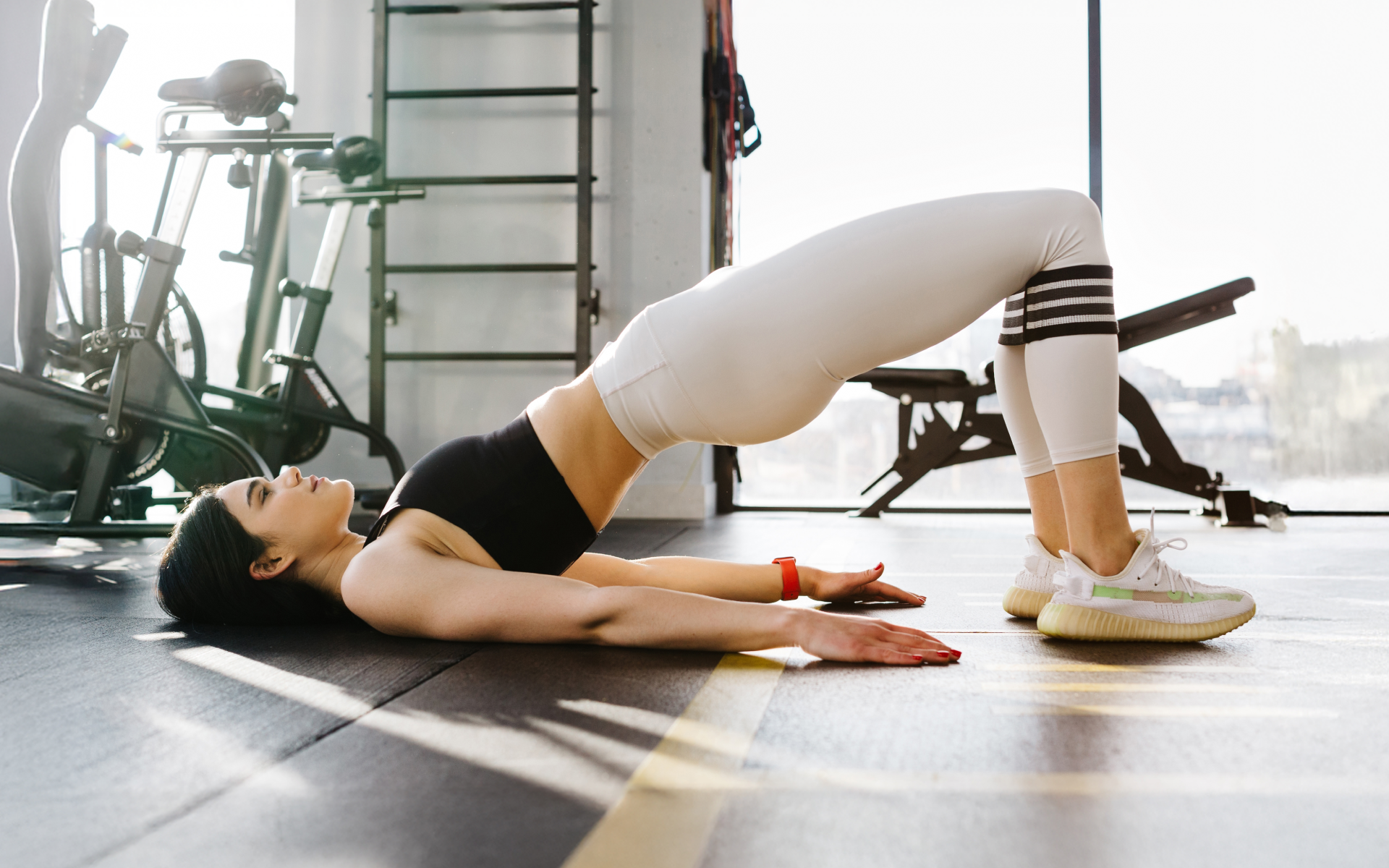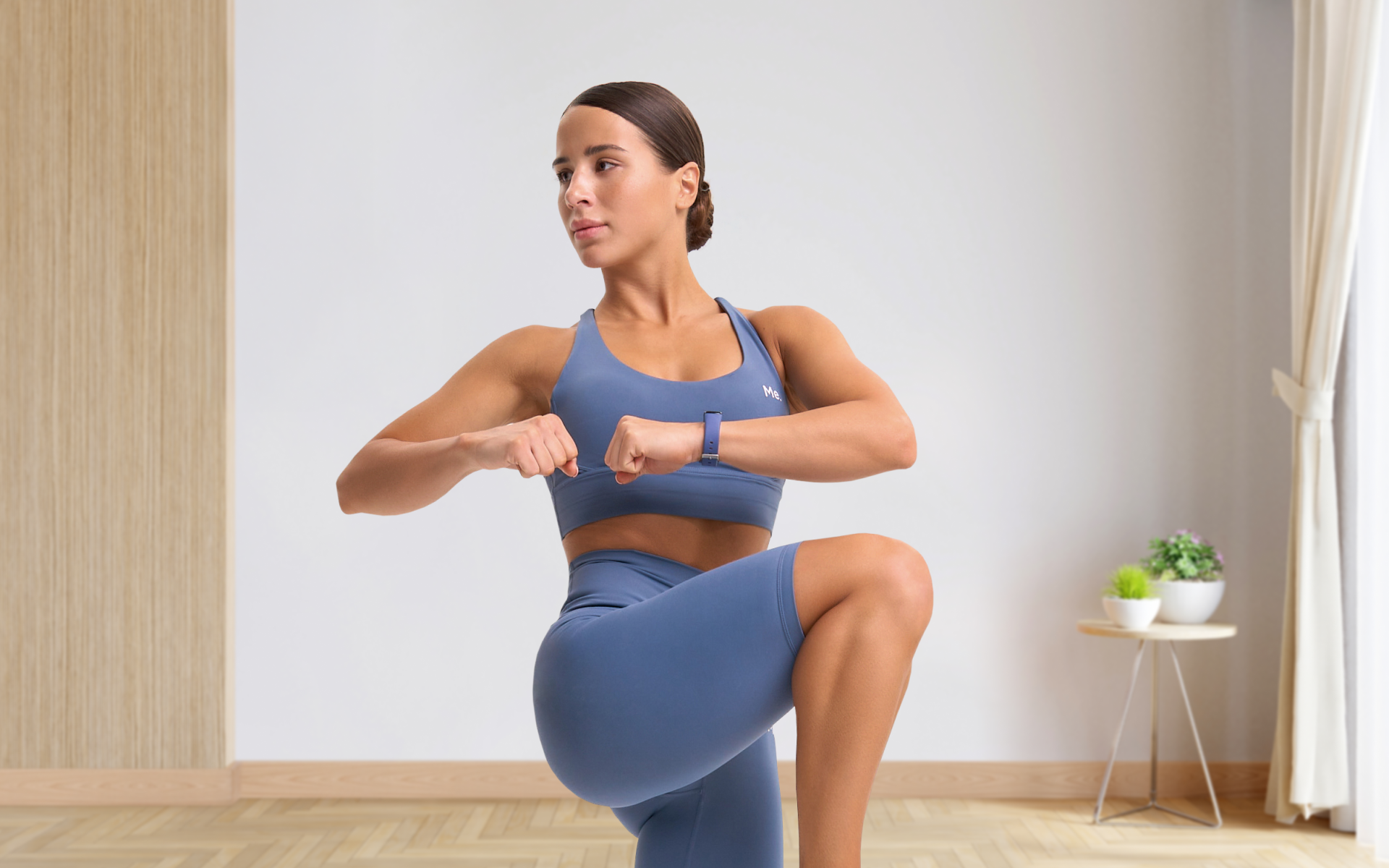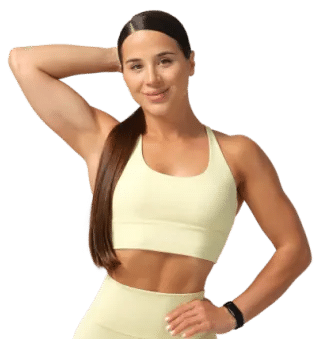Calisthenics is noticeably different from other types of exercise. This type of exercise appeared first in grade schools in the late 19th and early 20th centuries. A longitudinal study by University of Queensland researchers found high-intensity interval exercise to improve brain function in older adults for up to 5 years. (1) And in calisthenics, rather than using equipment, these low-resistance exercises depend on your own body weight. (2) Calisthenics focuses on controlling your own body weight through rhythmical movements, isometric holds, and plyometrics.
To start, you need to know which exercise works a particular muscle group. Below is a list of beginner exercises organized by muscle group targets:
Shoulders, chest, and triceps:
- Push-ups (incline, decline, broad grip, narrow grip)
- Parallel bar dips
- Pike push-ups
- Bench dips
Back, biceps, and forearm:
- Australian pull-ups
- Chin-ups
- Dead hangs
- Back bridges
Legs:
- Squats
- Split squats
- Lunges
- Reverse lunges
- Bridge (khandarasana)
- Drinking birds
- Heel raises
Core:
- Planks
- Hanging knee raises
- Jack-knife
- Leg lifts
While most basic exercises aren’t difficult to learn, your fitness level will determine your ability to perform them. Fortunately, there are limitless progressions and regressions for each.
BetterMe is your fast-track ticket to long-lasting weight loss! Tailor your fitness journey and maximize your results with just a couple of swipes!
What Are the Basic Calisthenics Exercises?
Some of the basic calisthenics exercises include the squat, push-up, pull-up, sit-up, plank, and lunge.(3) These exercises require little or no equipment to perform and create the building blocks of the more complex movement patterns used as you advance your skills and fitness.
Basic Calisthenics Health Benefits
Calisthenics has many health benefits , including improving fitness and functional strength for everyday activities and sports performance. Calisthenics involves a wide range of motion, which improves metabolism, flexibility, and mobility. Over time, this form of training can help reduce the risk of injury while also improving general health. (4) (5)
Calisthenics can also have a positive effect on your mental health. (6)
Physical activity, including calisthenics, causes the release of endorphins, which are natural mood enhancers. The focus required during calisthenic exercises encourages mindfulness, which helps alleviate tension and anxiety.
Calisthenics can also help with weight loss as it often has a high caloric expenditure. According to the Harvard School of Public Health, “Vigorous calisthenics burns more calories than many common cardio workouts.” This is due to the larger degree of muscular engagement these workouts require. If you want to include calisthenics workouts into your training routine, you should start small and concentrate on consistency.
Calisthenics is making a major resurgence in fitness routines all over the world. These exercises can help you in a variety of ways, depending on your fitness level. The workouts may help improve muscle strength, endurance, agility, speed, and power depending on the setup of your program.
Calisthenics can be endlessly adapted to any fitness level, which means you can continue making gains over time. Progressions and regressions of calisthenic programs can come in the form of changes to the exercises themselves, or volume, frequency, rest, and workout structure.
What Is a Basic Calisthenics Workout at Home?
If it aligns with your fitness goals and preferences, calisthenics can definitely replace the gym. (7) This can be advantageous for your finances and time management. Calisthenics is an excellent approach to increasing strength, gaining muscle, and staying active. Here are some of the best calisthenics routines beginners can do at home. (8)
1. Lunges:
Stand tall with your feet hip-width apart in a neutral stance and your hands at your waist. Step forward with your right foot in front of you, bending your knee at a right angle until your thigh is parallel to the ground. As a result, your left leg should bend downward at a 90-degree and practically touch the ground. Push yourself back into a standing position with your right heel, bringing both feet together. Repeat with your left leg.
2. Squats:
Start by standing straight with your feet parallel and directly beneath your shoulders. Bend your knees and press your hips back, as if sitting in a chair. Keep your chest erect, your face and head forward, and squat as deeply as possible. Focus on keeping your knee in line with your toes at the bottom of the movement. Push yourself back to your normal standing position.
Read more: The Simplest Lower Back Calisthenics Guide for Beginners
3. Side lunges:
Stand upright with your feet directly below your shoulders, your chest out, and your hands together. Take a step to the right with your right leg, then bend your right knee and lower body toward the right. Ensure your hips are pushed back, your weight is on your right leg, and your knee doesn’t overshoot your right foot. Return to the starting position, and repeat with your left leg.
4. Jumping jacks:
Start by standing in a straight stance, arms at your sides, and feet together. Jump while kicking your legs out wide and raising your arms overhead from the sides to clap. Now, hop once more to bring your feet and arms together before landing in the beginning position.
5. Bicycle crunches:
Lie down on your mat with your back pressed against it, knees bent, and feet flat on the floor. Next, place your hands behind your head with your elbows pointing out. Raise your head to look at your knees. Make sure you aren’t tucking your neck in. Raise your legs (knees still bent to 90 degrees) until they’re parallel to the floor. Now, extend your right leg and crunch (while rotating your body) until your right elbow touches your left knee. Pull your right leg back to the beginning position and stretch your left leg out, then crunch until your left elbow hits your right knee. Bring your left leg back to the starting position to complete one rep. Get down on all fours on your mat with your elbows and hands directly under the shoulders and knees hip-width apart. Engage your core and elevate your right leg, as if trying to touch the ceiling with your foot. Don’t extend your leg and keep your knee bent at a 90-degree angle. Return it to the beginning position and repeat with the same leg. Do a couple of rounds on one leg before switching to the other.
6. Sit-ups:
Lie down on your back with your knees bent and your feet firmly planted on the floor. Make sure your back is lying flat on the floor and your hands are crossed over your chest or extended out over your head. Now, engage your core and elevate your upper body above the ground into a sitting position (knees bent). Exhale slowly and return to the beginning position.
7. Wall push-ups:
Stand straight, two or three steps away from the wall, facing parallel to it. Place your hands on the wall, shoulder-width apart. Inhale, bend your elbows, and lean toward the wall, stopping when your chest (or head) is about to touch the wall. Now exhale and push yourself back to the starting position.
8. Donkey kicks:
Get down on all fours on your mat with your elbows and hands directly under your shoulders and your knees hip-width apart. Engage your core and elevate your right leg, as if trying to touch the ceiling with your foot. Don’t extend your leg and keep your knee bent at a 90-degree angle. Return it to the beginning position and repeat with the same leg. Do a couple of rounds on one leg before switching to the other.
9. Jump rope:
Hold the jump rope by the handles, keeping both arms at the same distance from the torso. Rotate the rope with your wrists (not your elbows or shoulders), swinging it over and under your body as you jump over it every time it passes beneath your feet. To maintain a gentle landing and protect your ankle and knee joints, point your toes while jumping up and keep your knees slightly bent.
If you’ve mustered up the courage to crush your weight loss goal, let BetterMe take the sting out of this demanding process. Our app will help you restructure your habits, remold your life and crank up your fitness results!
Basic Calisthenics Exercises for Beginners
When you first begin calisthenics training, you should focus on the fundamentals and develop a basic level of fitness. Once you’ve mastered these exercises and can do them cleanly and controllably, you should progress to more challenging calisthenics routines.
This is important for avoiding injuries and maintaining long-term success and enthusiasm. The difficulty of calisthenics exercises can be gradually increased for all exercises. Once you’ve mastered an activity, you can replace it in your training plan with a more challenging variation or alter another component of the exercise or training program in general.
A good illustration of this concept is with push-ups. For people who cannot perform a standard push-up with proper form and alignment, beginning with a countertop push-up or kneeling push-up may be a more appropriate starting point. As they get stronger, they may be able to move down to a step push-up. Continue performing push-ups on lower and lower steps until you are able to perform a standard push-up on the flat ground.
Meanwhile, if a standard push-up gets to be too easy, you can progress decline push-ups, suspended push-ups (feet in a suspension strap), or even single arm variations. But let’s not get ahead of ourselves; some of the best starting calisthenics exercises are:
- Jackknife pull-ups: Can’t perform pull-ups yet? For optimal results, couple these with negative pull-ups.
- Modified Australian rows: This exercise increases your horizontal pulling strength and body awareness.
- Scalp pulls or active hangs: These enhance scapular control, which is necessary for many upper-body movements.
- Modified push-ups: Do you want to get very proficient at calisthenics? Master push-ups. Do them frequently.
- Beginner dips: Dips are an excellent upper-body exercise for increasing strength and muscular size.
- Box squats: Incorporating a squat variation will build your lower body strength in a functional way that will set you up for numerous other lower body movements as you get stronger..
- Beginner L-sit holds: L-sits on p-bars strengthen shoulder depression and hip flexors in a single exercise.
Read more: Calisthenics Shoulder Exercises: Techniques and Workouts
FAQs
Should I lift weights or do calisthenics?
There’s no definitive answer regarding whether calisthenics or strength training with weights is superior or more effective. Both training methods have advantages and are appropriate for reaching distinct objectives. Many people combine the two types of training. Ultimately, you need to find what works best for achieving your goals.
The Bottom Line
Basic calisthenics helps with the development and maintenance of muscle, which is essential for daily function. Using your own body weight can be an incredibly efficient technique for strength training and the health advantages of calisthenics make it an excellent approach to improving overall fitness and health.
DISCLAIMER:
This article is intended for general informational purposes only and does not serve to address individual circumstances. It is not a substitute for professional advice or help and should not be relied on for making any kind of decision-making. Any action taken as a direct or indirect result of the information in this article is entirely at your own risk and is your sole responsibility.
BetterMe, its content staff, and its medical advisors accept no responsibility for inaccuracies, errors, misstatements, inconsistencies, or omissions and specifically disclaim any liability, loss or risk, personal, professional or otherwise, which may be incurred as a consequence, directly or indirectly, of the use and/or application of any content.
You should always seek the advice of your physician or other qualified health provider with any questions you may have regarding a medical condition or your specific situation. Never disregard professional medical advice or delay seeking it because of BetterMe content. If you suspect or think you may have a medical emergency, call your doctor.
SOURCES
1.Exercise brain boost can last for years (March 23,2024 sciencedaily.com)
2.What is calisthenics? (February 28 2020 medical news today.com)
4..Benefits of Calisthenic Exercises (Webmd.com February 18, 2024)
5.How Exercise Boosts Your Metabolism (July 18,2023webmd.com)
6.Workout Plan That Improves Posture (well+good February 25, 2024 )
8.Basic Body-Weight Exercises You Can Do Right Now (February 25 2023 Webmd.com)




